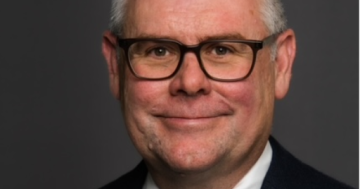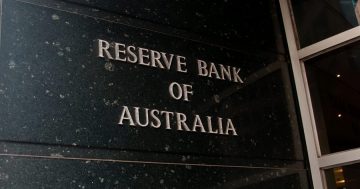
The ABS has released the latest data on retirement intentions, as well as statistics on what ages people actually stop working. Photo: File.
Farmers and fishers intend to retire later than miners, but intentions don’t always play out. Yet most Australians aim to stop work by the time they reach 66.
The latest Australian Bureau of Statistics figures show there has only been a slight change in retirement intentions among Aussie workers, with the age most people intend to retire rising by just 0.6 of a year in the past 10 years.
The number of women reporting that they mostly rely on their partner’s income after retirement has fallen 10 per cent.
ABS data show that, on average, Australians still intend to retire between their 65th and 66th birthdays.
The statistics show some movement in intentions but no dramatic changes.
“People working in the agriculture, forestry and fishing industry had the highest average age at which they intend to retire, at 68.3 years,” said Bjorn Jarvis, ABS head of labour statistics.
“The lowest average intended age of retirement was in mining, at 63.7 years.”
Mr Jarvis said that while the average age at which people intend to retire has risen, it hasn’t changed much in the last 10 years.
“This average has been between 65.0 years and 65.6 years for close to a decade, since 2014-15,” he said.
“On average, men intend to retire slightly later than women, but this gap is closing.
“In 2022-23, there was around half a year difference between men and women, compared to a year difference a decade ago, and a two year difference around 10 years before that.”
However, the data also shows retirees’ actual age when they retired – not just when they intended to retire – and while expectations around retirement haven’t changed much in recent years, people are, on average, retiring a little later.
“In 2022-23, people who had retired in the past 20 years said that they did so, on average, at 61.4 years,” Mr Jarvis said.
“This average has risen from 58.5 years in 2014-15 and from 57.4 years in 2004-05.
“Retirees from the arts and recreation services industry retired, on average, later than all other industries, at 64.4 years.
“The industry with the youngest average age of retirement was accommodation and food services, where retirees, on average, retired at 58.5 years.”
In 2022-23, a government pension or allowance was still the main source of personal income at retirement for 43 per cent of retirees, followed by superannuation, an annuity or private pension at 27 per cent.
“Over the past decade, the number of people who said they had no personal income has fallen from 25 per cent in 2012-13 down to 12 per cent in 2022-23,” Mr Jarvis said.
“In particular, the percentage of women reporting no personal income has dropped considerably, down from 37 per cent to 18 per cent.
“The number of women who relied on their partner’s income as their main source of funds for meeting living costs at retirement has fallen by more than 10 percentage points over the decade, dropping from 44 per cent in 2012-13 to 31 per cent in 2022-23.”
The report shows that in 2022-23, the most common factors influencing an older worker’s decision to retire were still financial security (36%) and personal health or physical abilities (22%).
About one in eight retirees (14%) said reaching the eligibility age for an age (or service) pension was one of the main factors.
The age pension age in Australia is 67 years or older.
Income can reduce the pension the government pay a retiree.
The pension income test is used to assess the age pension, and both the recipient’s and their partner’s income from all sources is assessed. Financial assets such as savings, shares and superannuation are assessed, and the process of deeming is used to work out how much income financial assets produce.
Deeming rules ‘calculate’ and ‘assume’ a rate of income is earned from financial, even if they don’t actually earn that rate. The age pension is then set accordingly.
Original Article published by Chris Johnson on Riotact.










